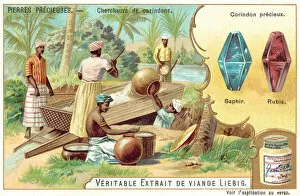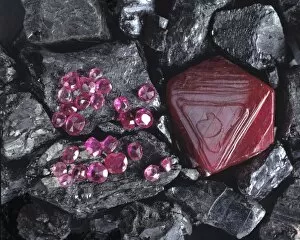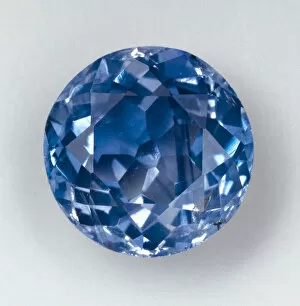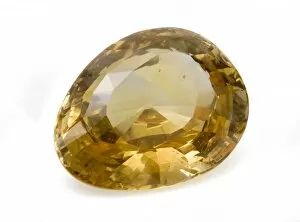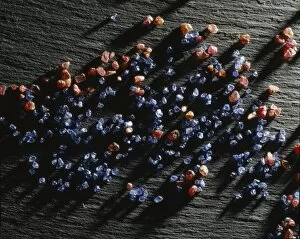Corundum Collection
Corundum, known for its mesmerizing beauty and remarkable hardness, is a gemstone that has captivated humanity for centuries
All Professionally Made to Order for Quick Shipping
Corundum, known for its mesmerizing beauty and remarkable hardness, is a gemstone that has captivated humanity for centuries. Its significance can be seen in various forms of art and exploration. A symbol of faith, a crucifix adorned with corundum gems showcases the stone's allure alongside other precious stones like diamond, ruby, and sapphire. These gemstones have long been treasured for their vibrant colors and exquisite brilliance. The quest to uncover corundum's treasures led many to embark on exciting expeditions in search of sapphires and rubies. Chromolitho images depict the thrill of prospecting as miners eagerly sift through sediments hoping to unearth these precious gems along with oxides like magnetite, cassiterite, zircon, pitchblende, and limonite. Australia's rich gold deposits are well-known but it is also home to magnificent corundum varieties such as ruby. Engravings showcase the allure of this crimson gemstone in its natural crystal form or transformed into stunning jewelry pieces. Polished ruby gemstones gleam under the light revealing their flawless beauty while brilliant-cut sapphires sparkle with an enchanting blue hue. A yellow sapphire labeled C016 / 6139 catches our attention alongside a cursed amethyst C016 / 6143 which adds an air of mystery surrounding these captivating stones. Intriguing specimens of ruby and sapphire are displayed in C016 / 4860 showcasing their diverse shapes and sizes. Each specimen tells a unique story about nature's artistic creations hidden within corundum's depths. Corundum continues to fascinate us with its timeless elegance and enduring charm. Whether adorning religious artifacts or dazzling us as polished gems or cut stones - this extraordinary mineral never fails to leave us spellbound by its sheer magnificence.


